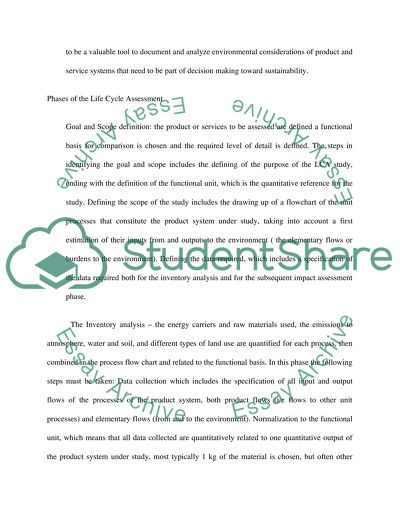Cite this document
(Life Cycle Assessment Report Example | Topics and Well Written Essays - 1500 words, n.d.)
Life Cycle Assessment Report Example | Topics and Well Written Essays - 1500 words. https://studentshare.org/environmental-studies/1523761-lca-report
Life Cycle Assessment Report Example | Topics and Well Written Essays - 1500 words. https://studentshare.org/environmental-studies/1523761-lca-report
(Life Cycle Assessment Report Example | Topics and Well Written Essays - 1500 Words)
Life Cycle Assessment Report Example | Topics and Well Written Essays - 1500 Words. https://studentshare.org/environmental-studies/1523761-lca-report.
Life Cycle Assessment Report Example | Topics and Well Written Essays - 1500 Words. https://studentshare.org/environmental-studies/1523761-lca-report.
“Life Cycle Assessment Report Example | Topics and Well Written Essays - 1500 Words”. https://studentshare.org/environmental-studies/1523761-lca-report.


